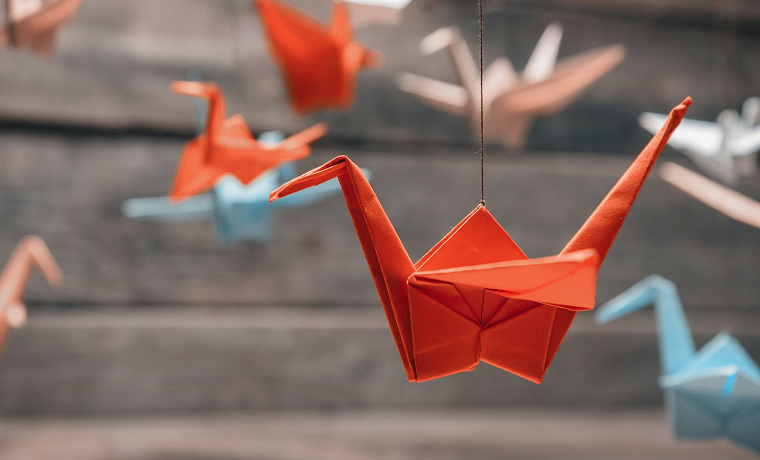Origami is a traditional Japanese art form that involves folding paper to create intricate models. While many view origami merely as a pastime, its applications span far beyond mere amusement. From therapeutic settings to scientific research, origami is gaining recognition for its ability to both captivate and innovate. This paper will delve into the multifaceted world of origami, exploring its various roles as both a hobby and a method of processing information.
The Origins and Growth of Origami
Origami originated in Japan in the 17th century, but its roots trace back to China where paper was invented. The art form has evolved considerably over the centuries, becoming a rich tradition with many styles, techniques, and types of paper. In recent years, it has experienced a surge in popularity worldwide, perhaps due to its unique combination of simplicity and complexity. Today, it’s not uncommon to see origami figures decorating homes, appearing in advertisements, or even flying through the sky as airplane models.
The Therapeutic Benefits
Medical professionals are now recognizing the therapeutic benefits of origami. Art therapy has been an established field for decades, employing different mediums like painting, sculpture, and drawing to help people explore their emotions. Origami has recently been integrated into this practice. The repetitive and mindful nature of folding paper can serve as a form of meditation, calming the mind and relieving stress. For individuals grappling with issues such as anxiety, depression, or trauma, origami provides a non-verbal avenue for emotional expression and self-reflection.
The Science of Origami
The practical applications of origami extend into various scientific domains as well. Engineers and architects often use origami principles when designing structures that can be easily expanded or collapsed. Examples include deployable satellites and shelters that can be quickly erected in emergency situations. Scientists have also used origami-inspired designs for medical devices and equipment. The precise folds allow for greater flexibility, efficiency, and stability, qualities that are highly desirable in complex engineering systems.
Origami in Education
The educational benefits of origami are equally impressive. Teachers have begun using origami as a hands-on way to teach geometry, spatial awareness, and problem-solving. The act of folding paper into a three-dimensional shape requires an understanding of angles, symmetry, and proportion. Therefore, origami can serve as a tactile method of processing complex mathematical concepts. It enables learners to visualize abstract theories, making them more accessible and easier to understand.
The Cultural Impact
It would be remiss not to mention the cultural impact of origami. The art form serves as a link between the past and present, retaining its traditional essence while constantly evolving. Contemporary artists are pushing the boundaries of what can be achieved with a single sheet of paper, creating intricate models that resemble sculptures more than simple folds. These works of art often serve as poignant social commentaries or tributes to natural beauty, adding another layer to origami’s rich tapestry.
A Harmonious Fusion
Ultimately, origami is neither strictly a hobby nor merely a method for processing information. It is a harmonious fusion of both, providing joy and relaxation to those who engage with it recreationally while also offering valuable tools for scientific inquiry and emotional well-being. Whether you are meticulously folding a paper crane or pondering over the geometric intricacies of a complex design, origami offers a versatile and enriching experience that transcends its humble origins.
In summary, origami is far more than paper folding; it is an art form with the ability to touch lives and minds in unexpected ways. From its role in therapy to its applications in science and education, it offers a multitude of benefits that elevate it beyond a simple pastime. As origami continues to unfold its potential, it remains a compelling testament to the versatility and profundity that can be achieved with a single sheet of paper.

